Still life is another way to evoke peoples’ passing away. As life and death are intertwined, death makes an inescapable part of every culture and fate. The cult of the dead tells much about a society and its culture. Observing century-old tombstones or recent funeral monuments is oftentimes very informative.
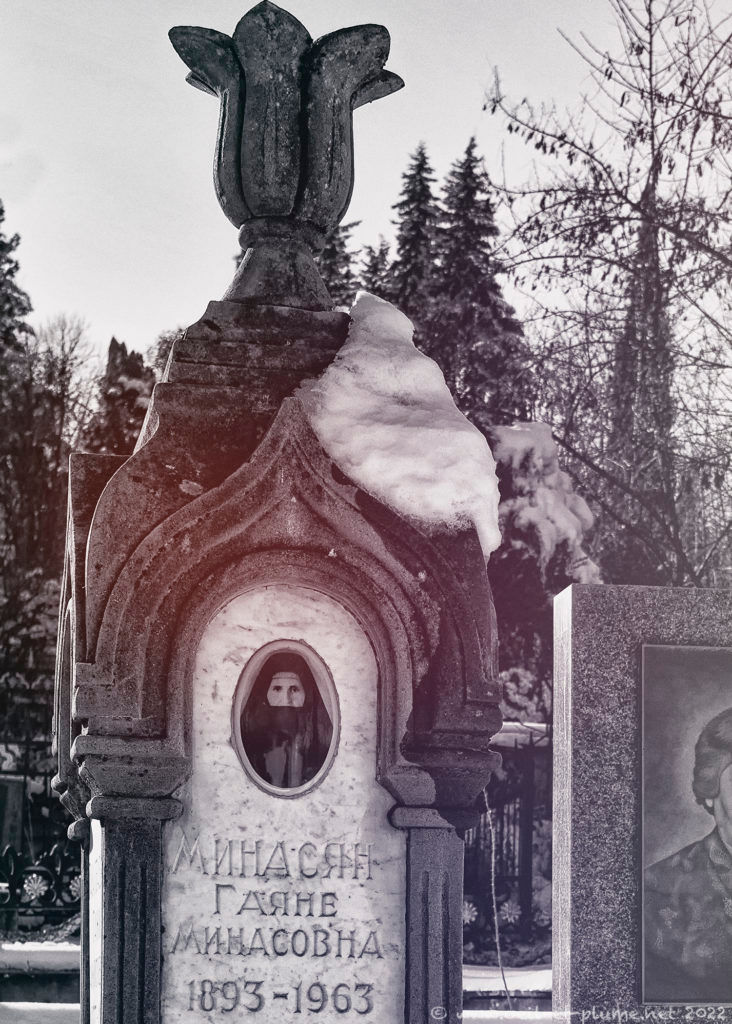
Contemporary cemeteries in South Caucasus can cover large expanses to host the many large family funeral monuments. They bear the scars of the turbulent recent past in the sub-region. Old gravesites are found in many places in the mountains, as every hamlet counted seemingly with its cemetery. They blend beautifully with their natural environment, at any time of the year.
Most tombstones provide not so detailed information on the deceased, leaving ample room to guess about the identity of the deceased and the circumstances of the death.
Some ancient stones evoke more precisely and visually on happy or sad life episodes. Here, the blessing of religious man to a knight before a battle; there, the protection pledge expressed by a warrior to a mother with child; further, the parents’ sorrow about the loss of their child.
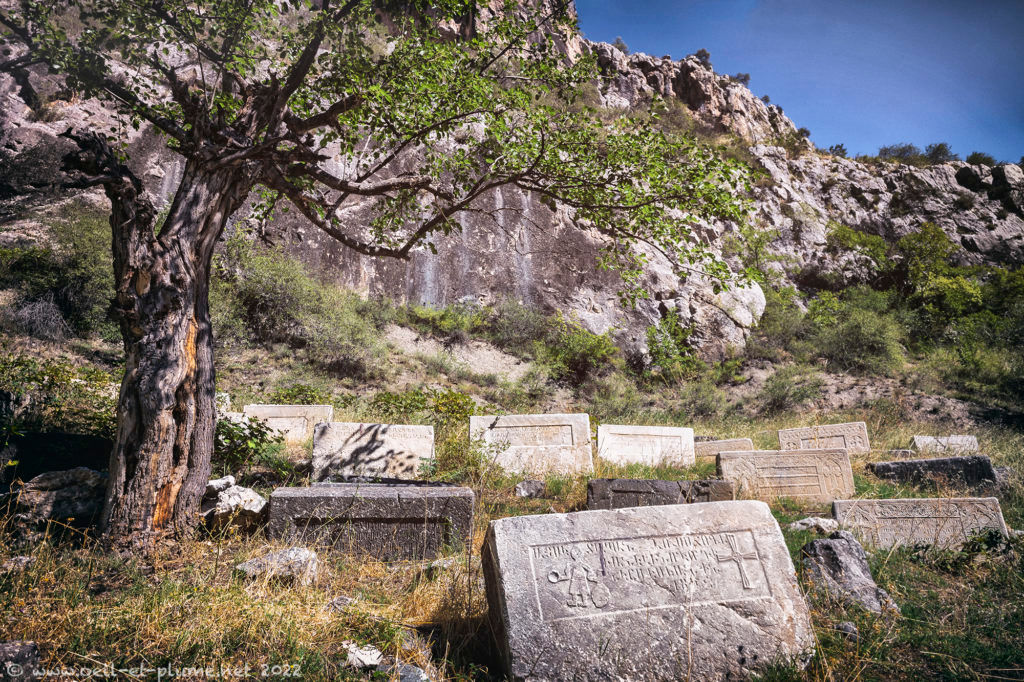
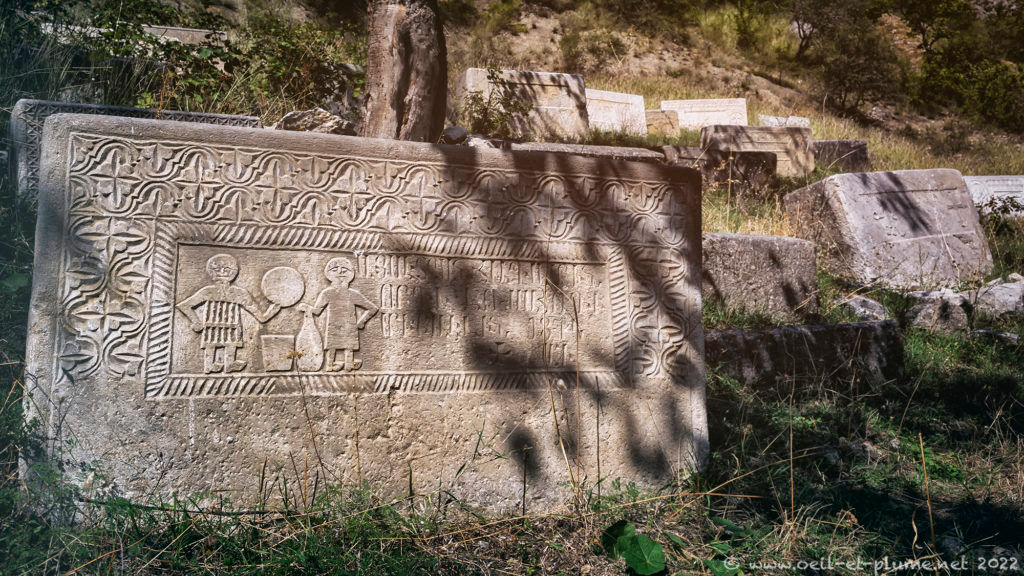
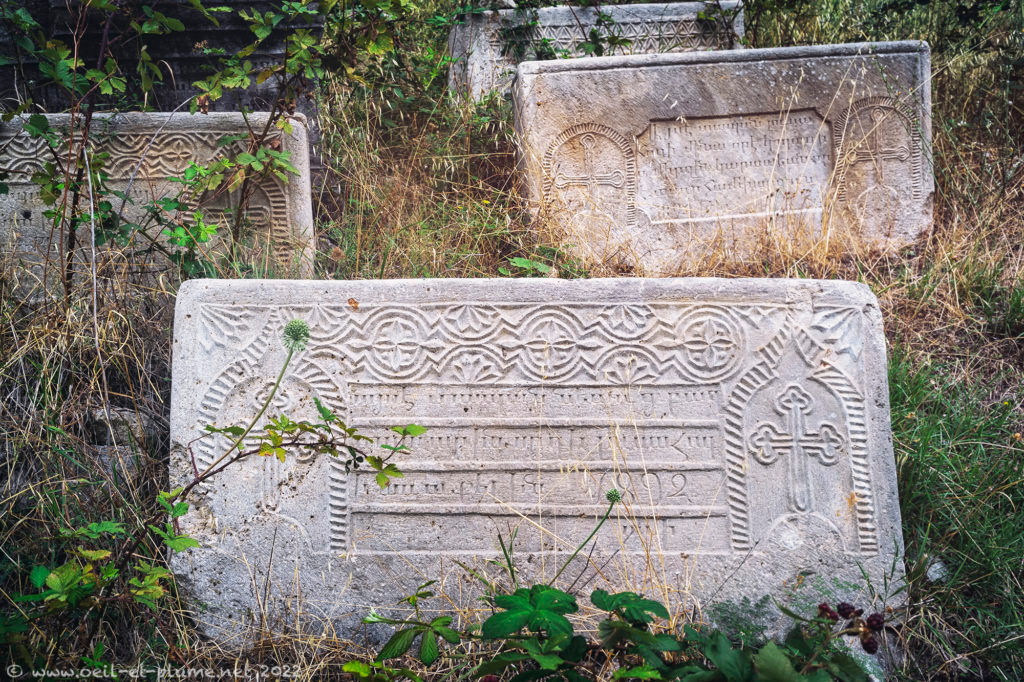
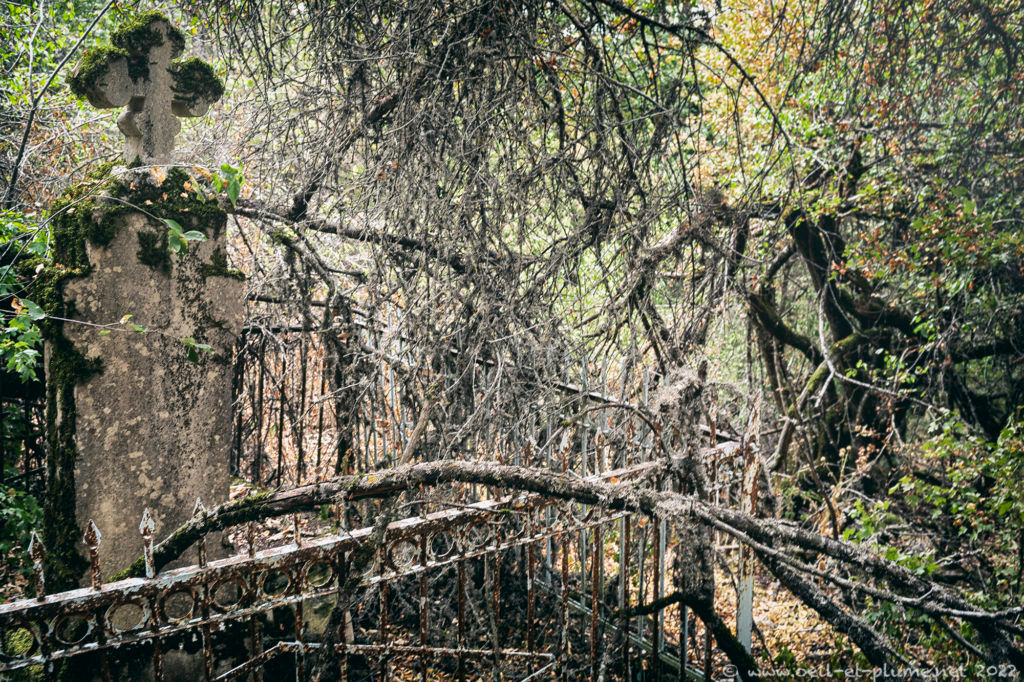
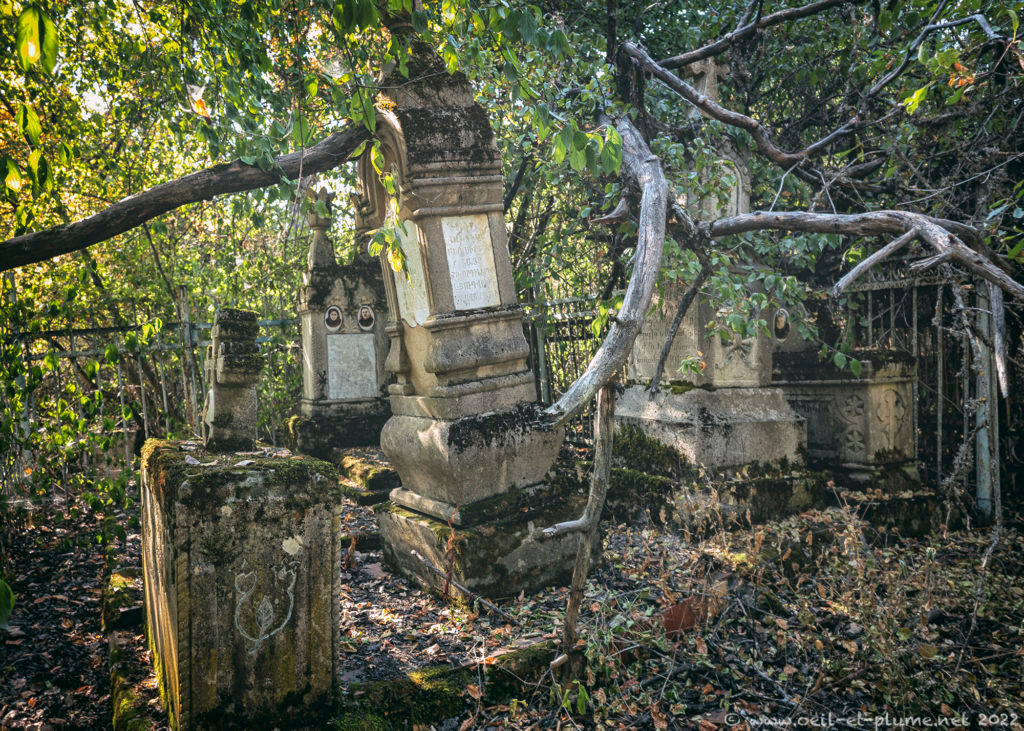

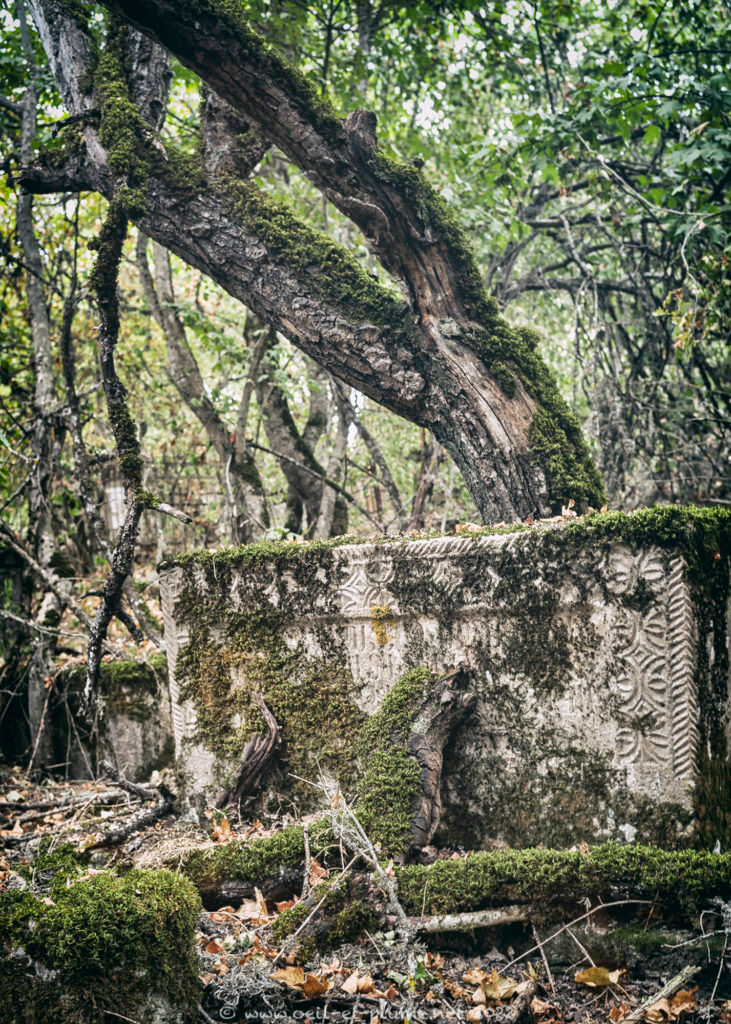
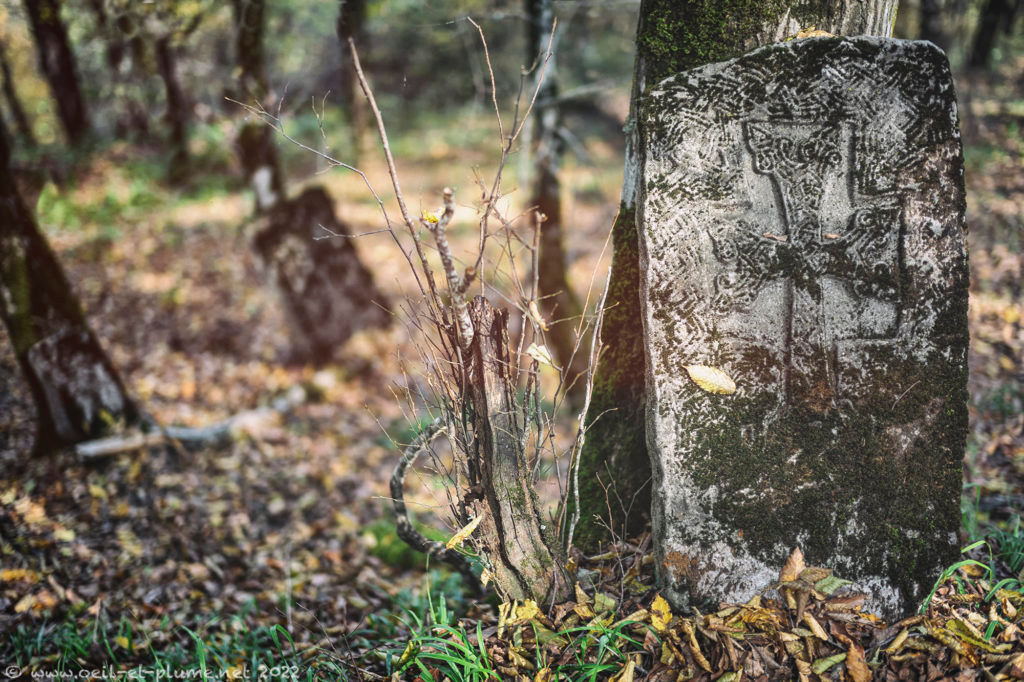
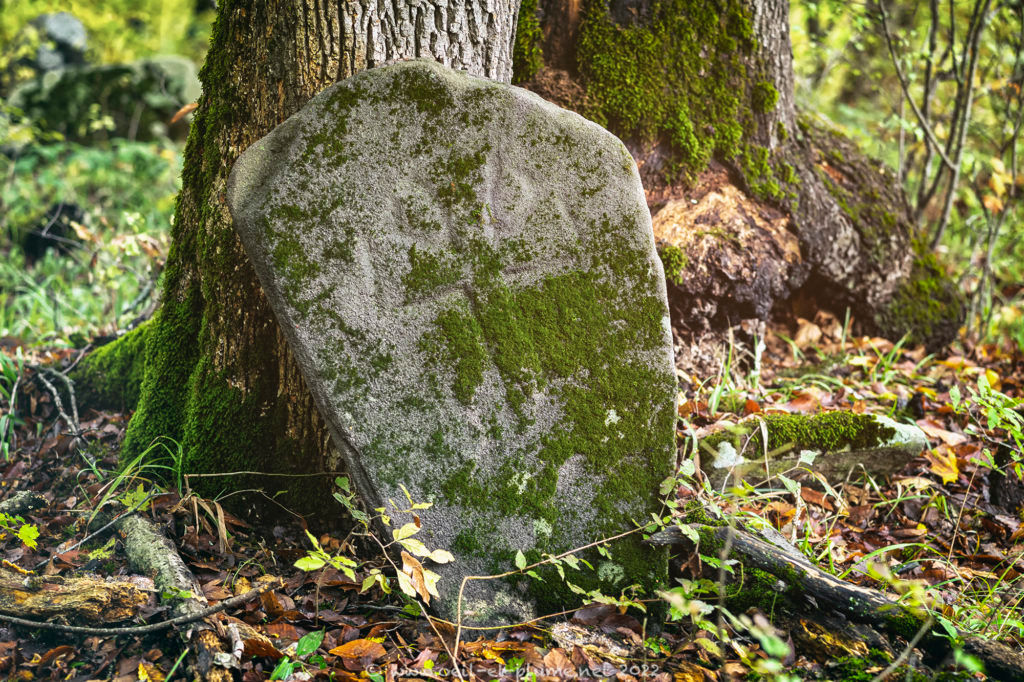

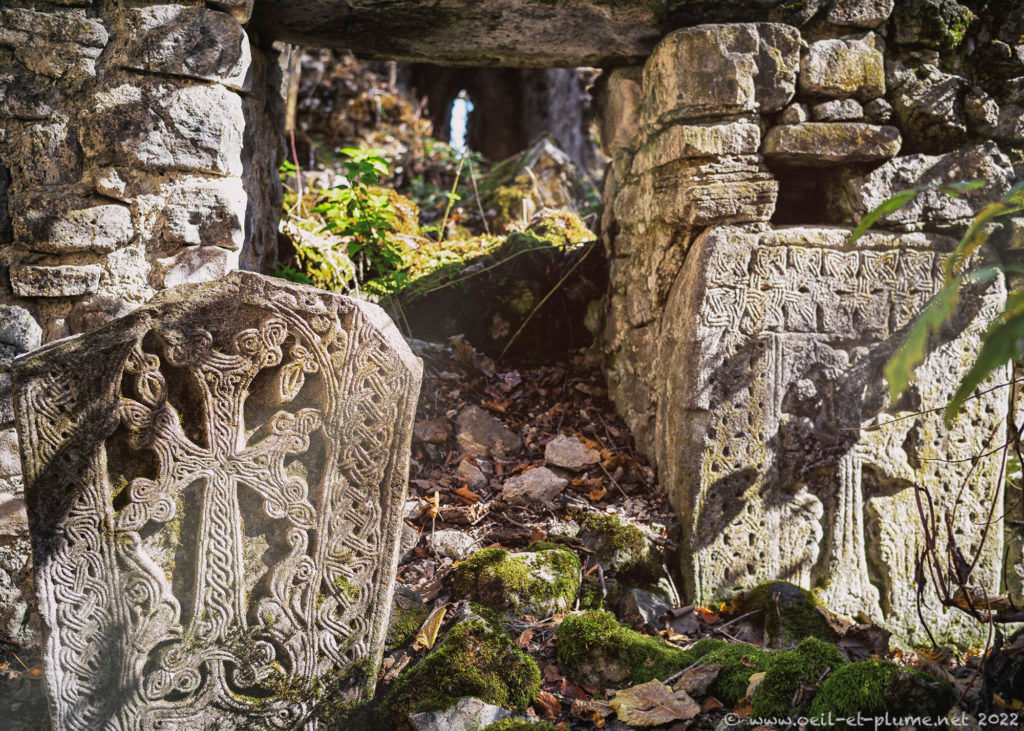
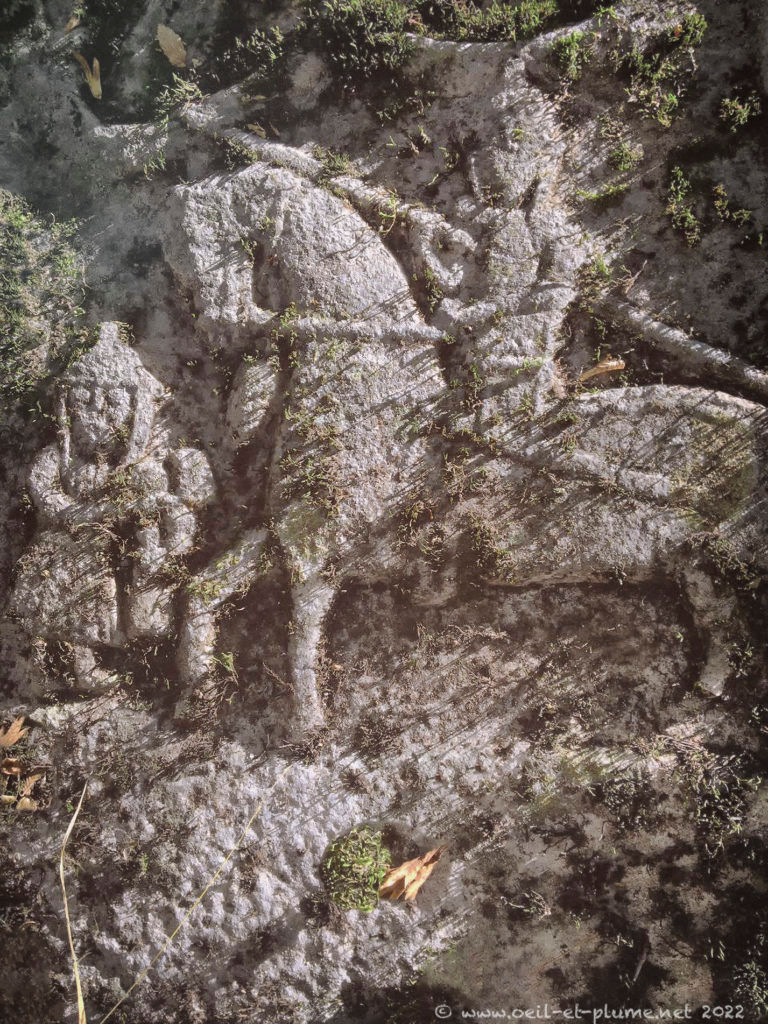
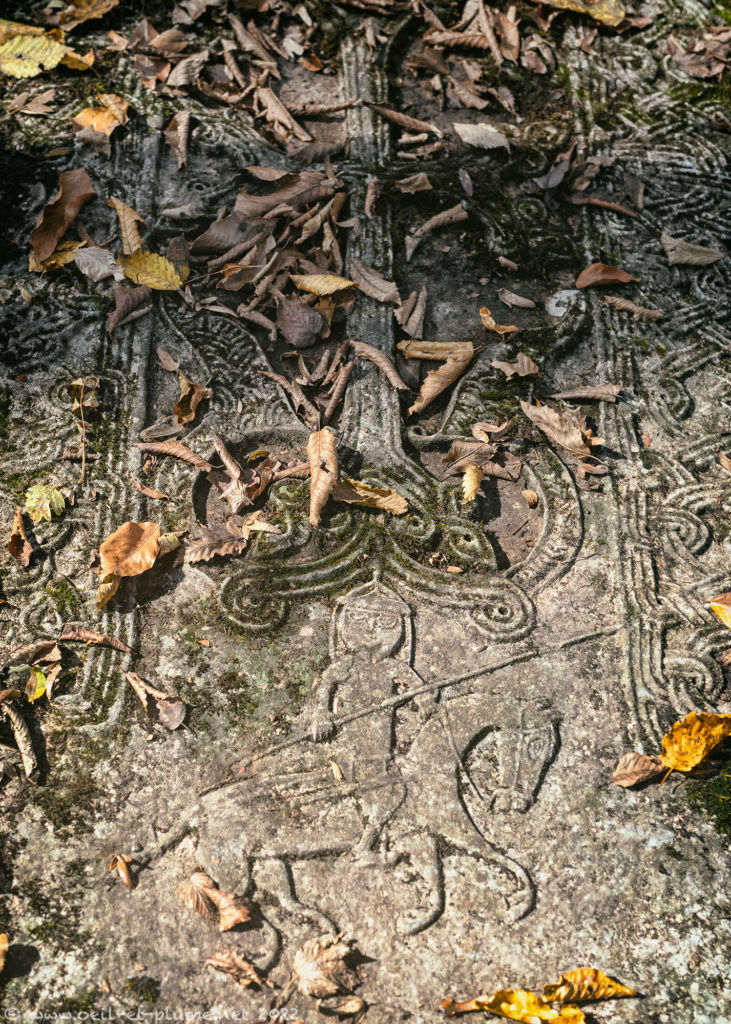
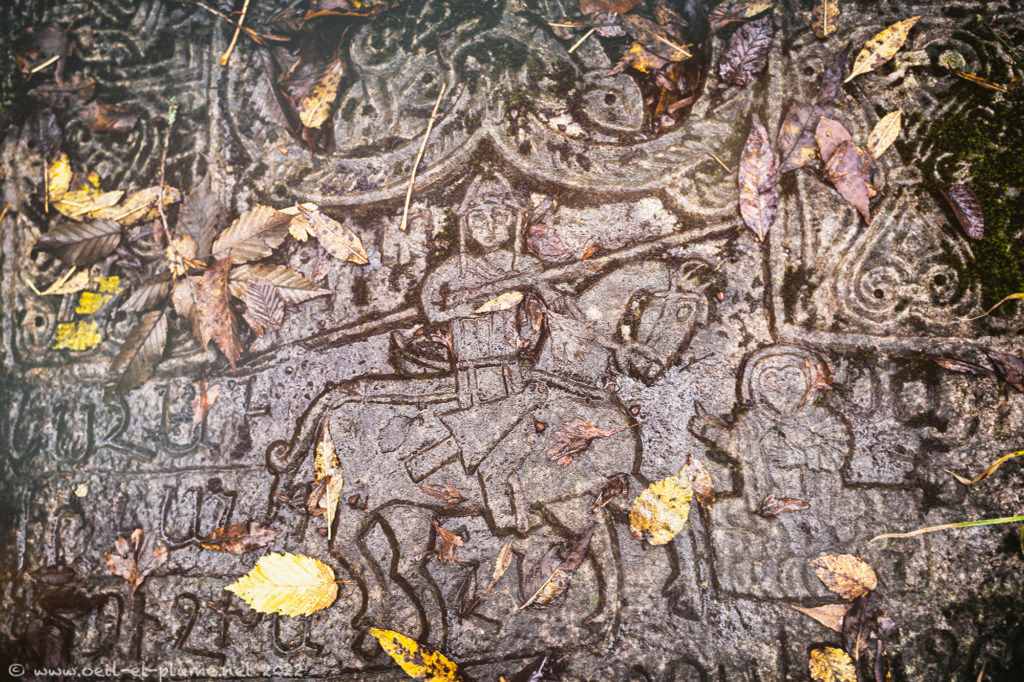
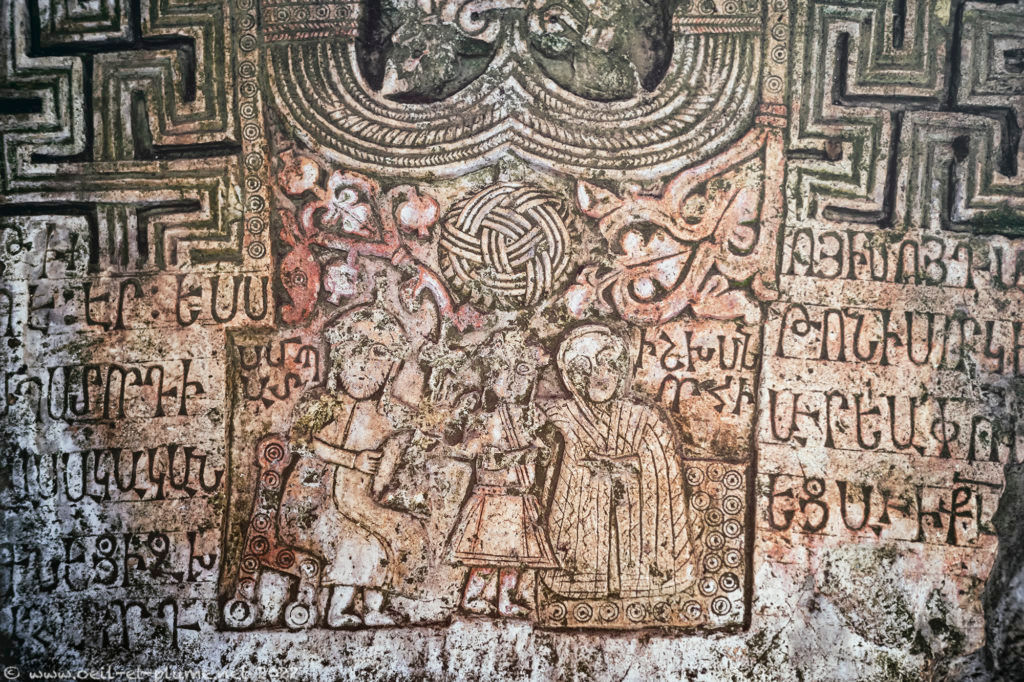
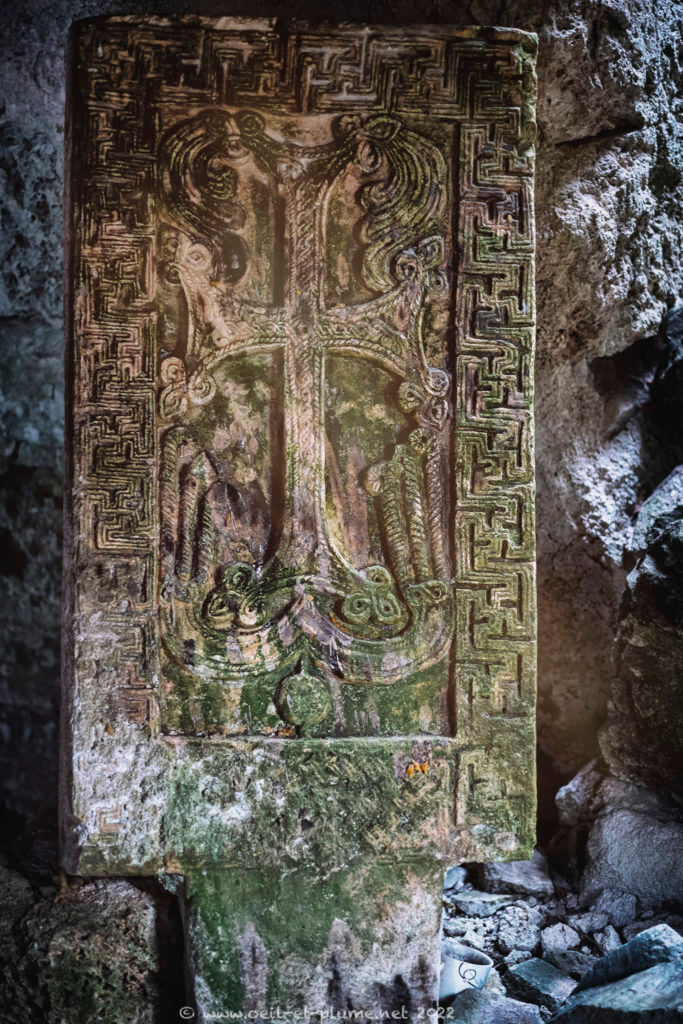
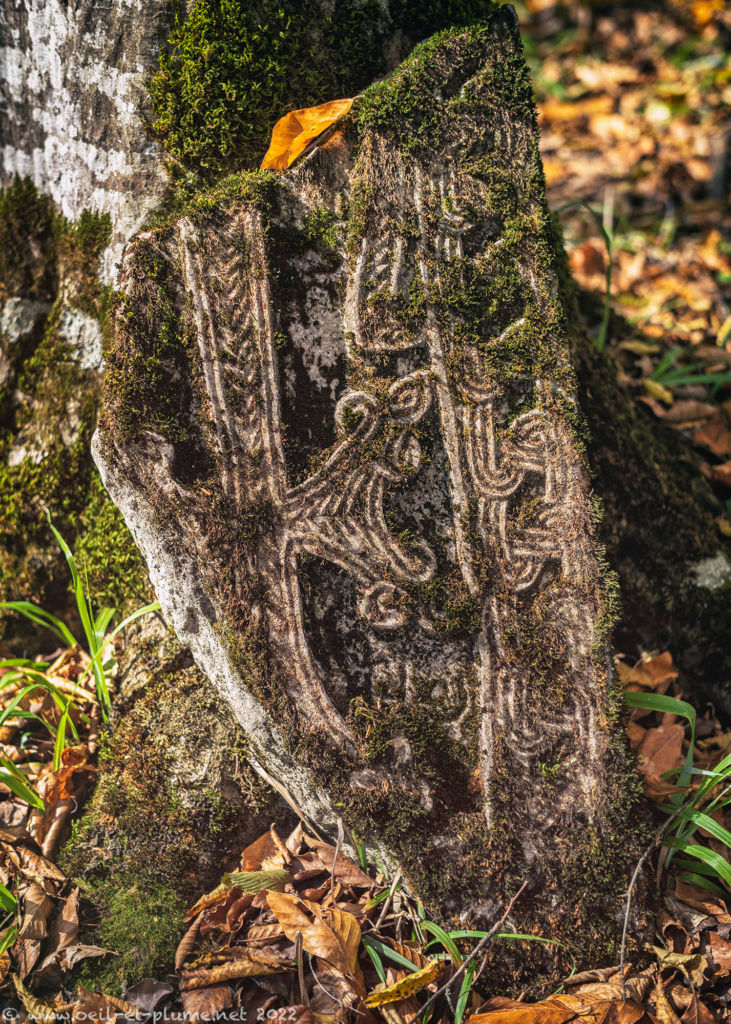
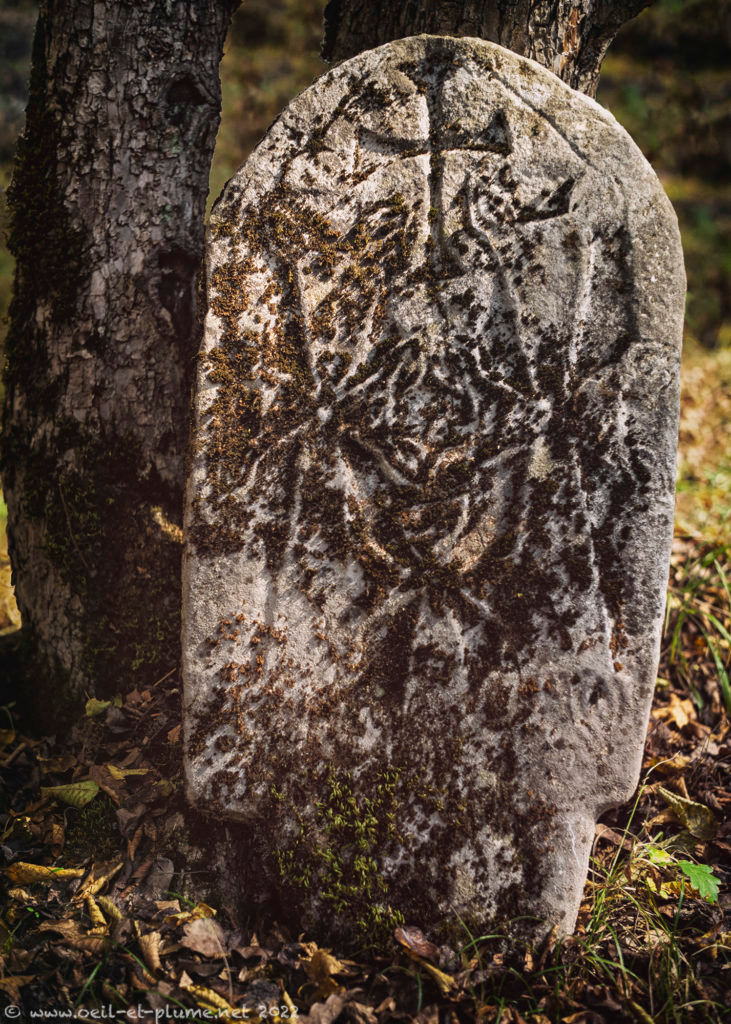
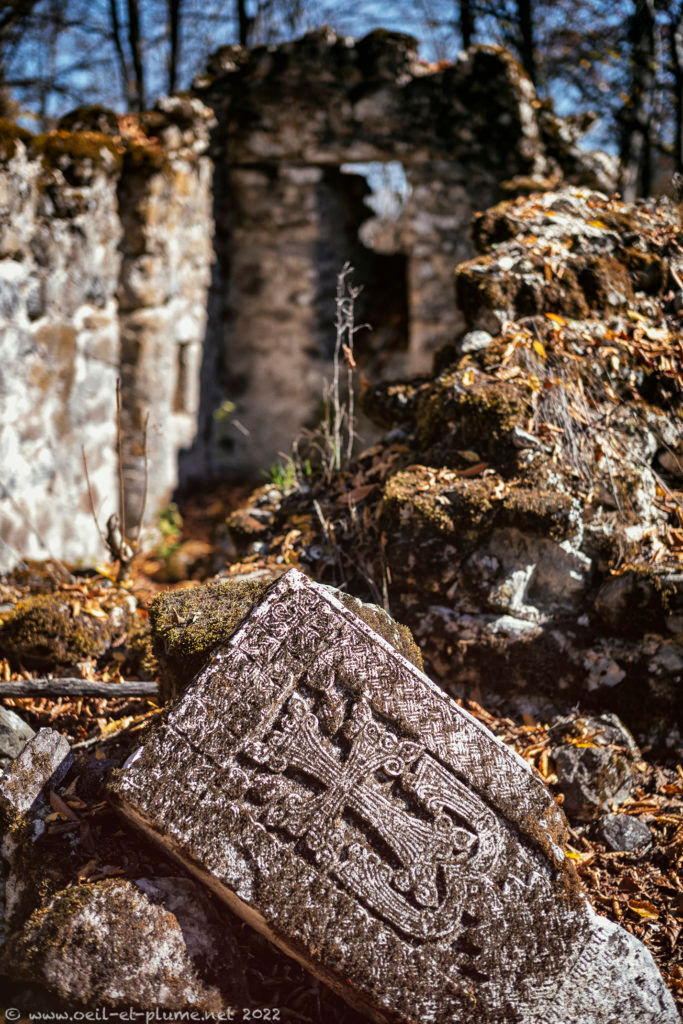
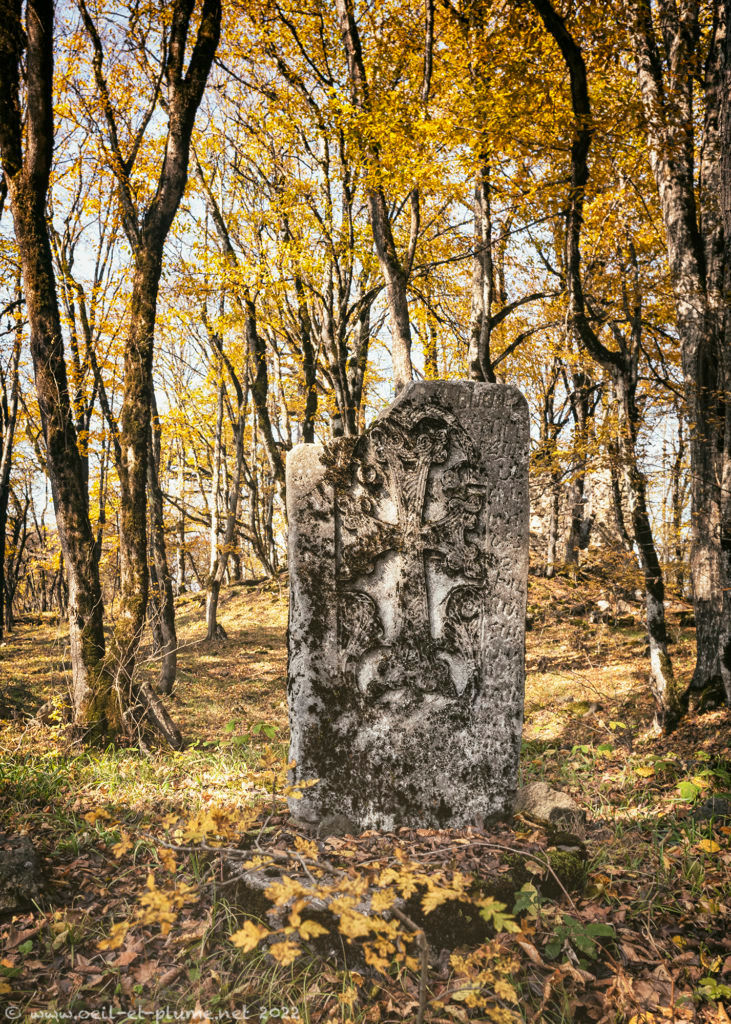
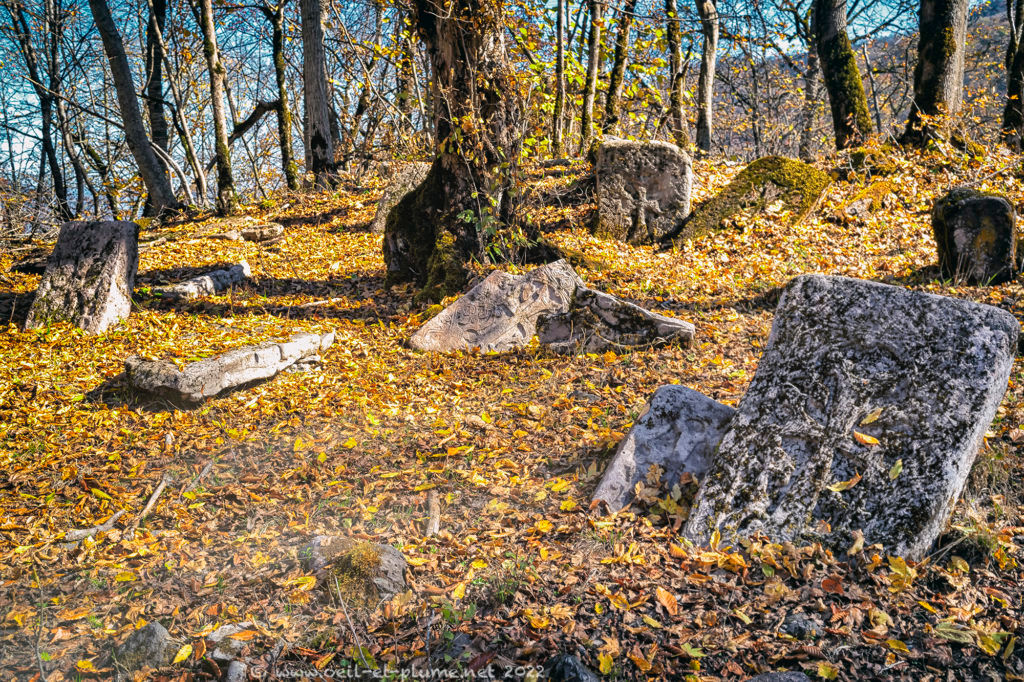
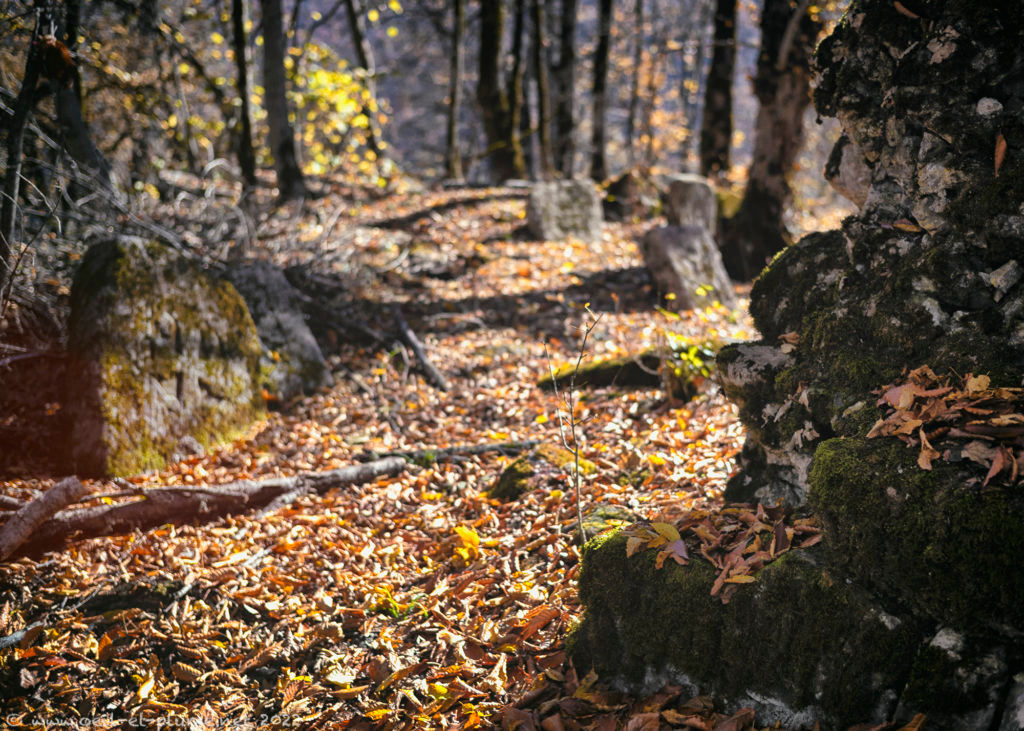
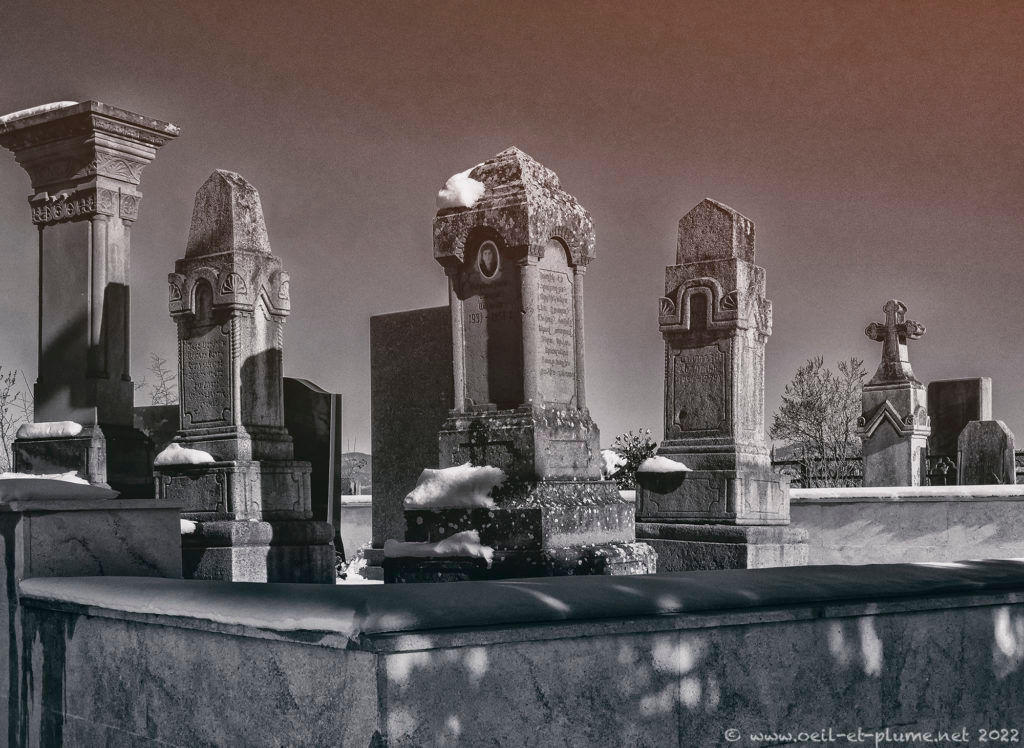
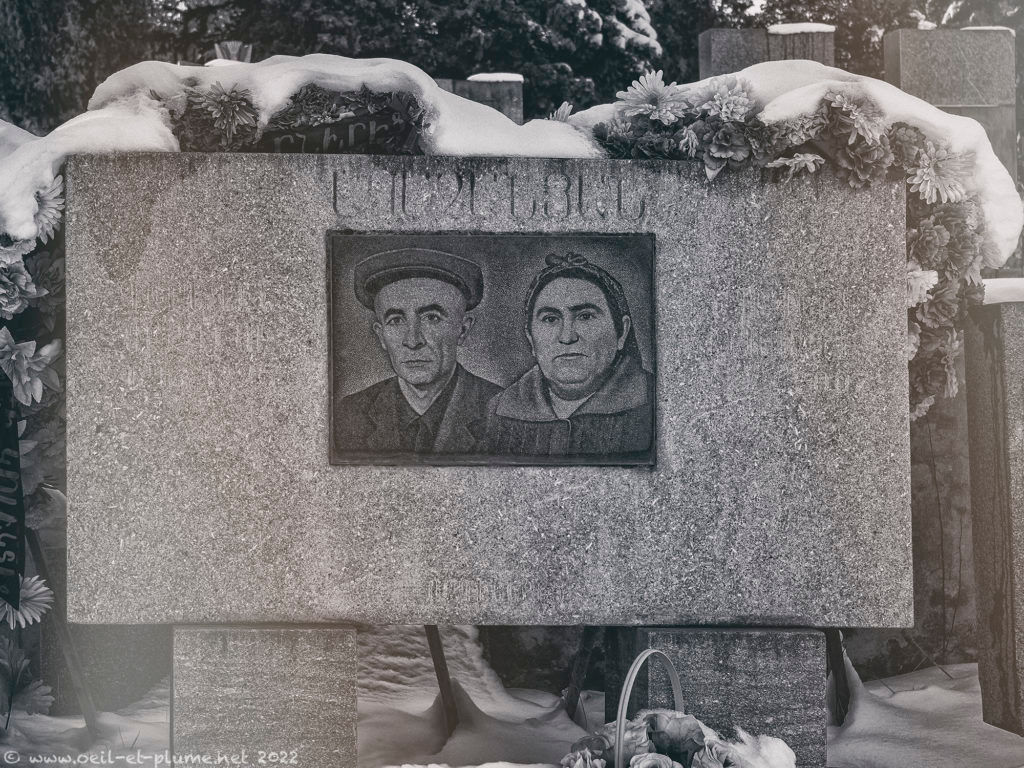
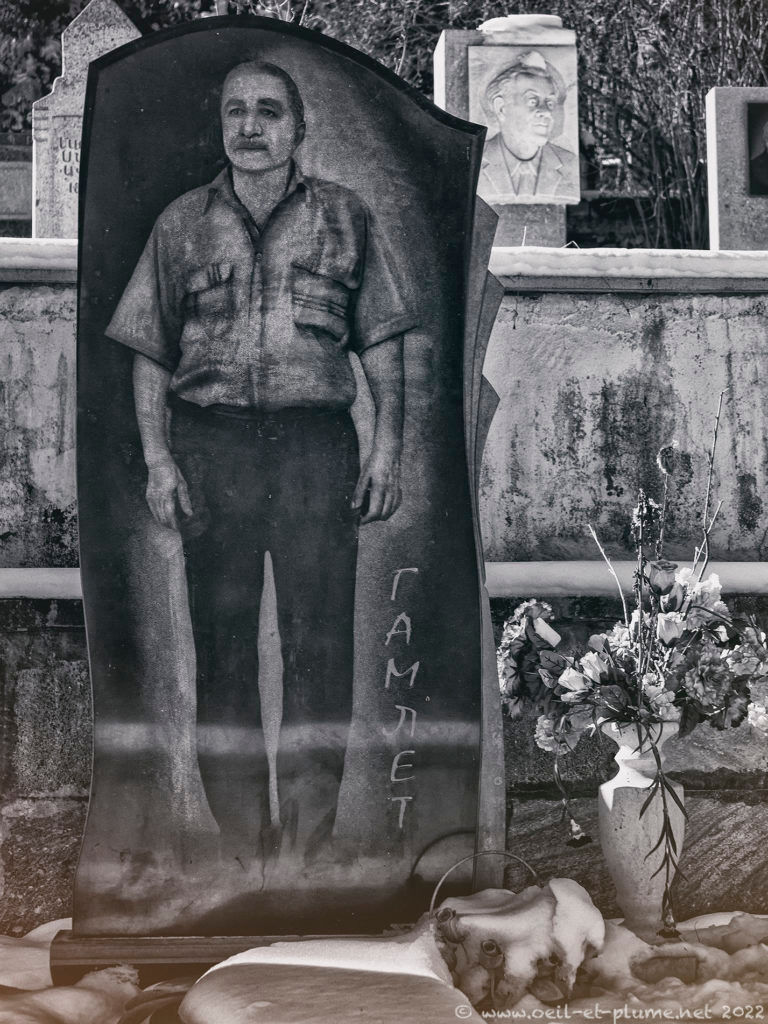
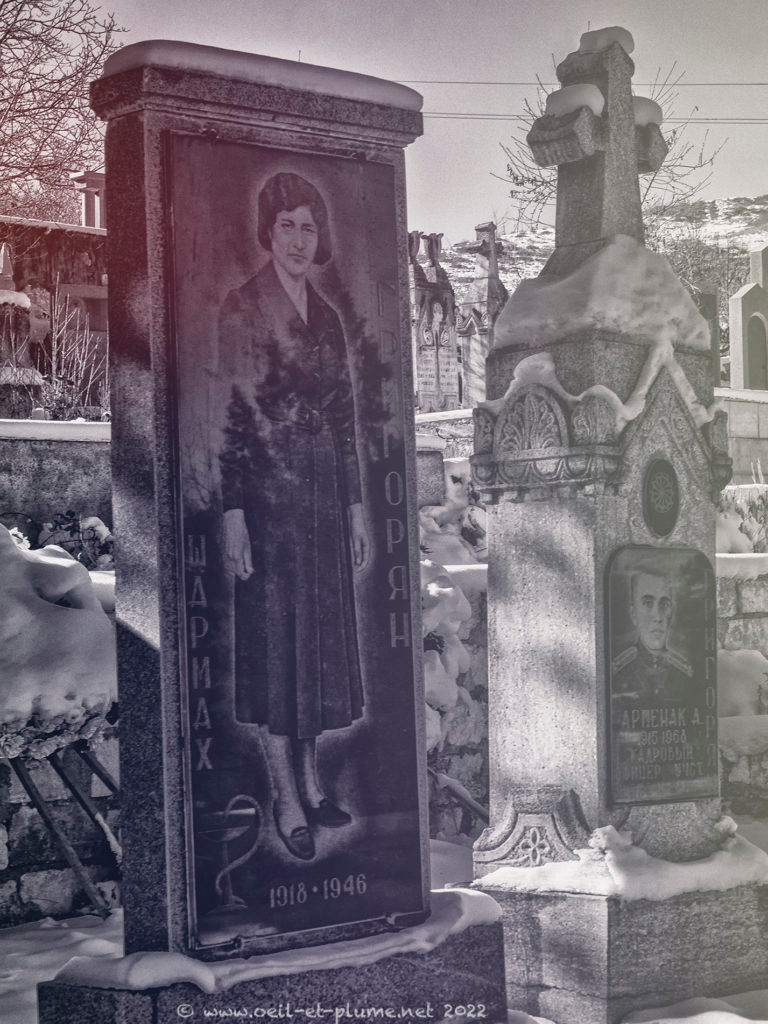
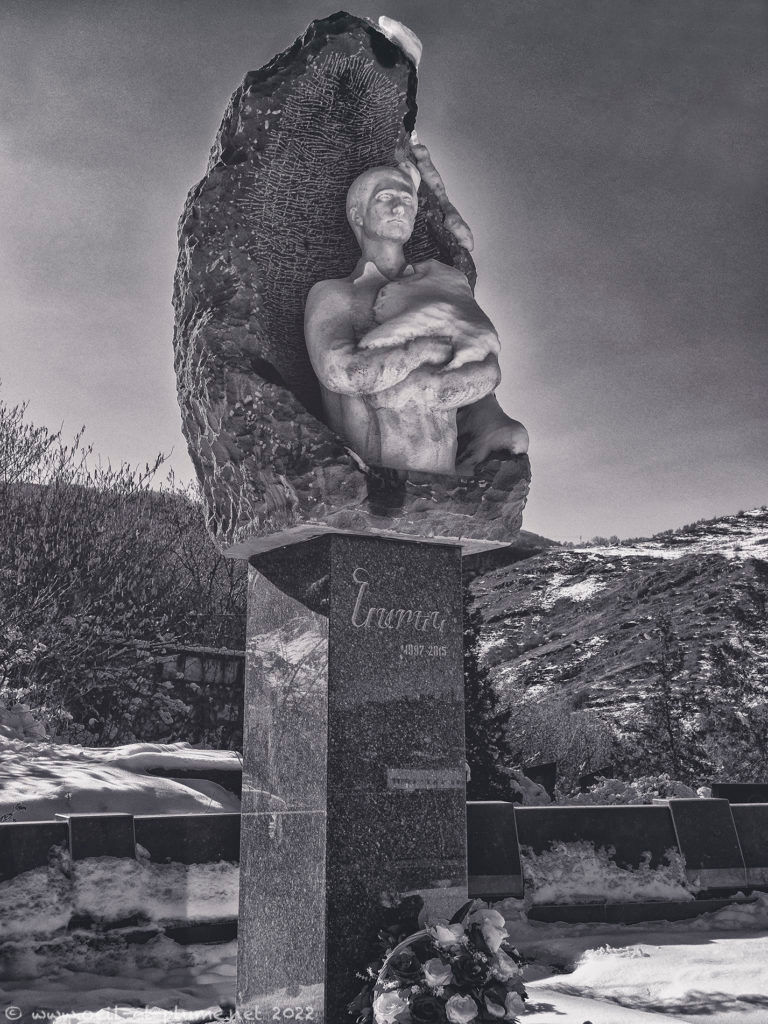
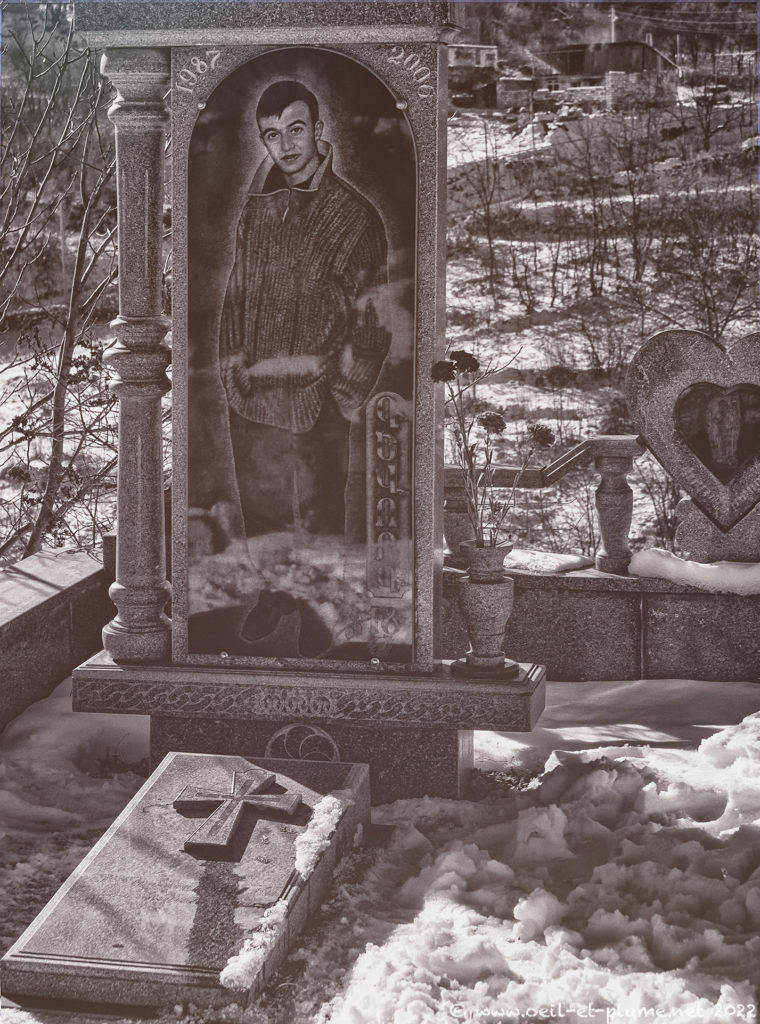
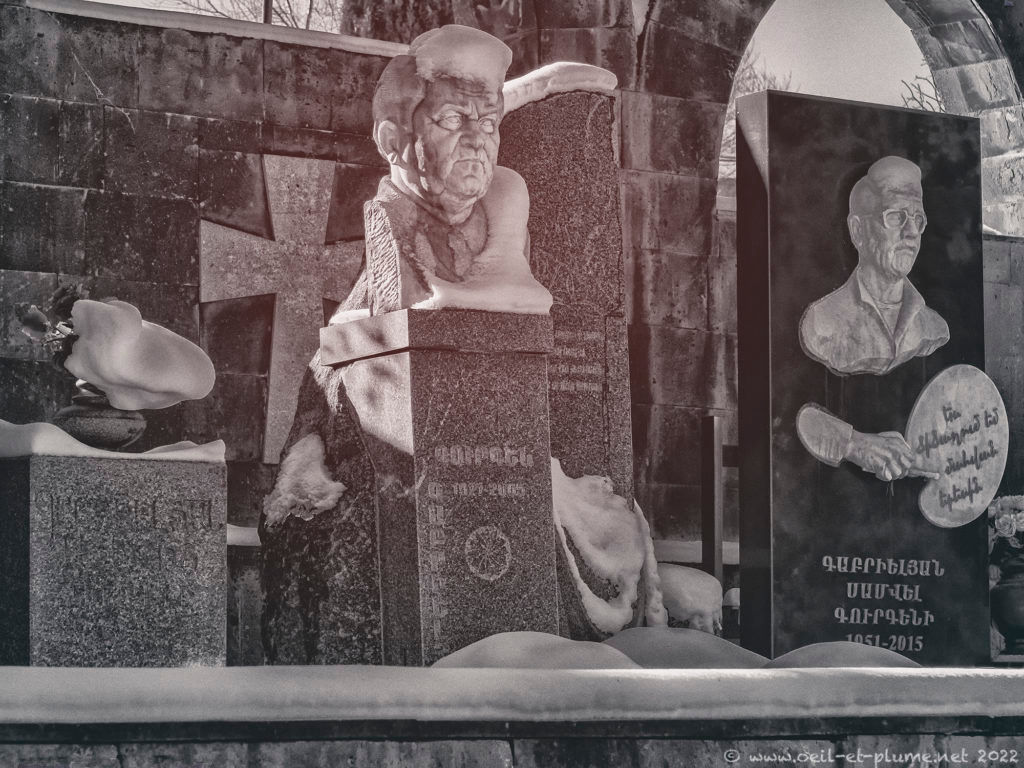
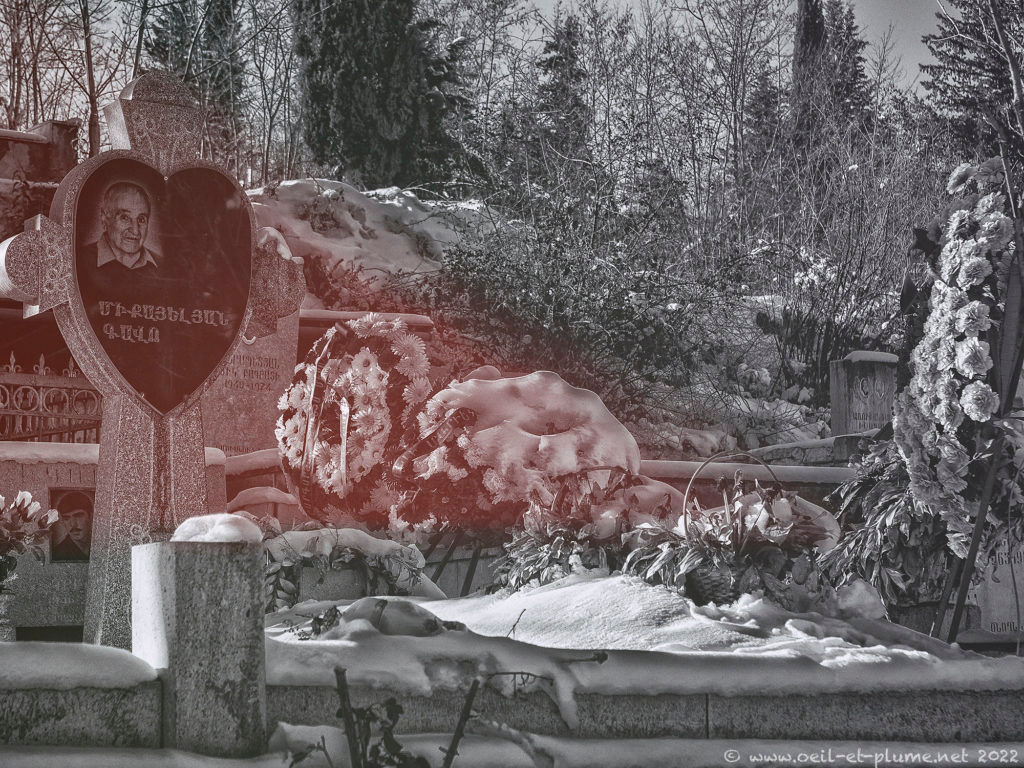
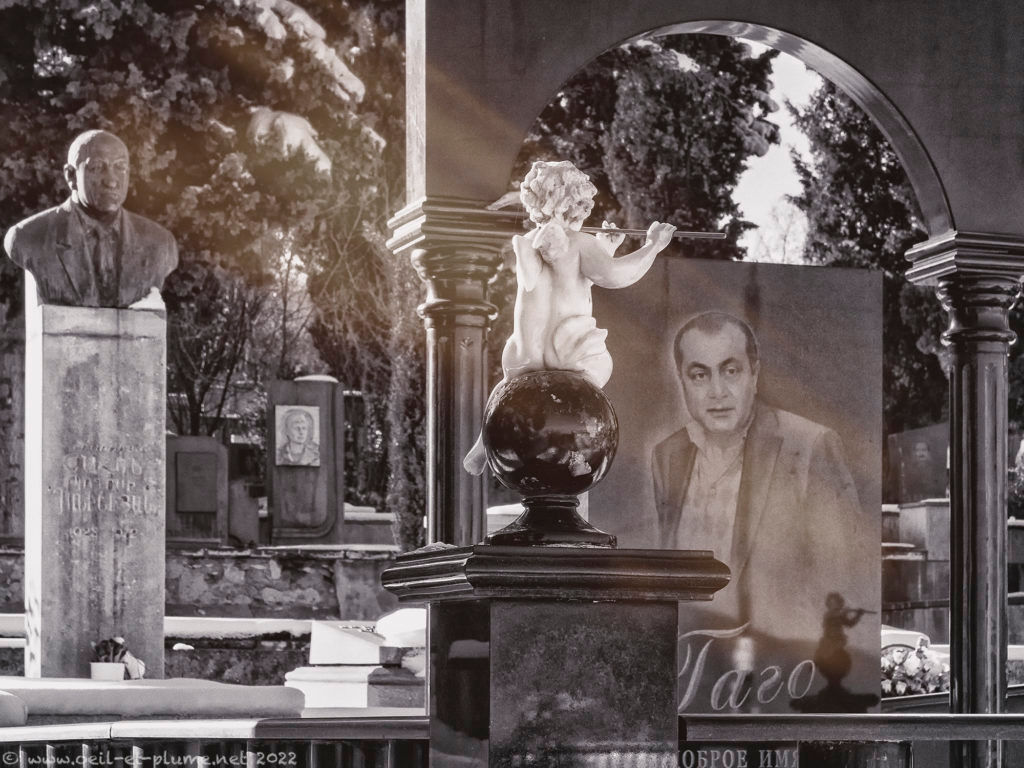
Those resting places perspire a strong sense of serenity imbued with drops of sadness inherent to the finiteness of human life. To me, still life can be joyful as it represents a compelling and beautiful evidence of after-life.
Cheers,